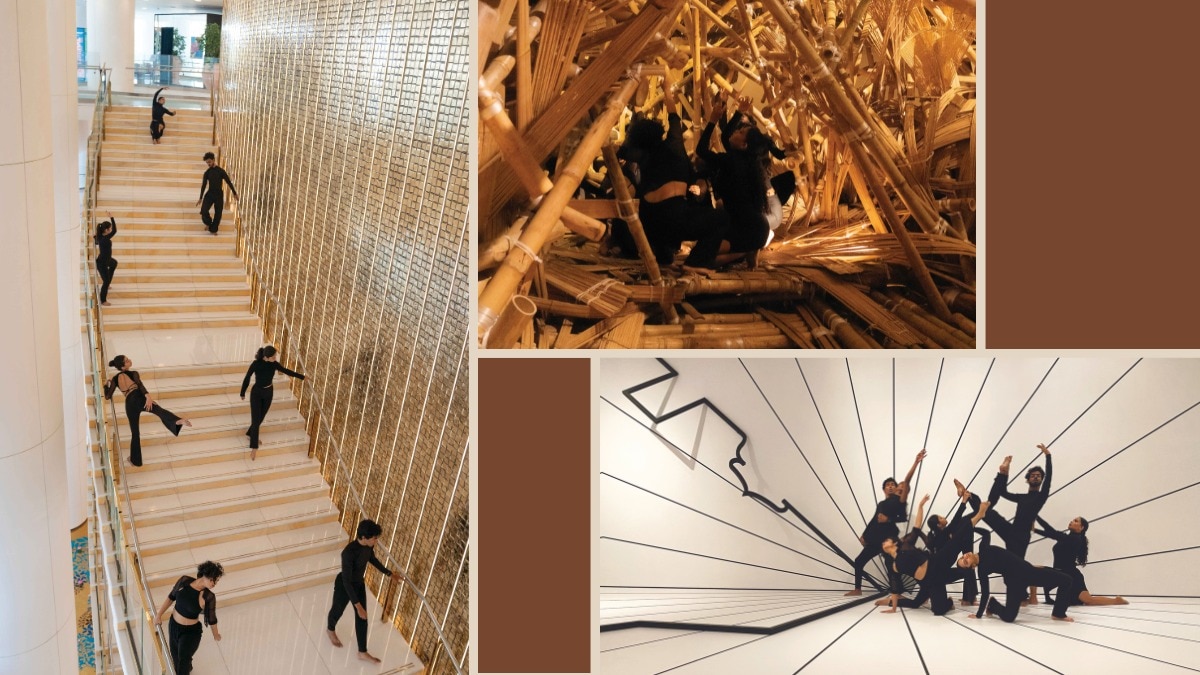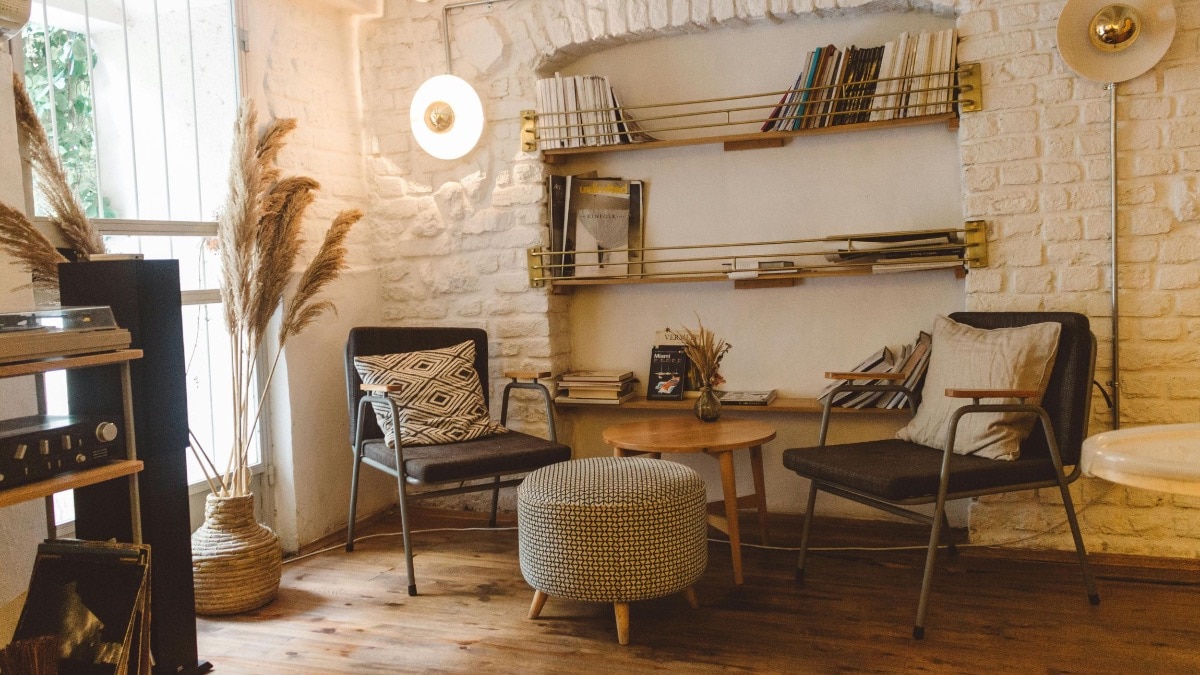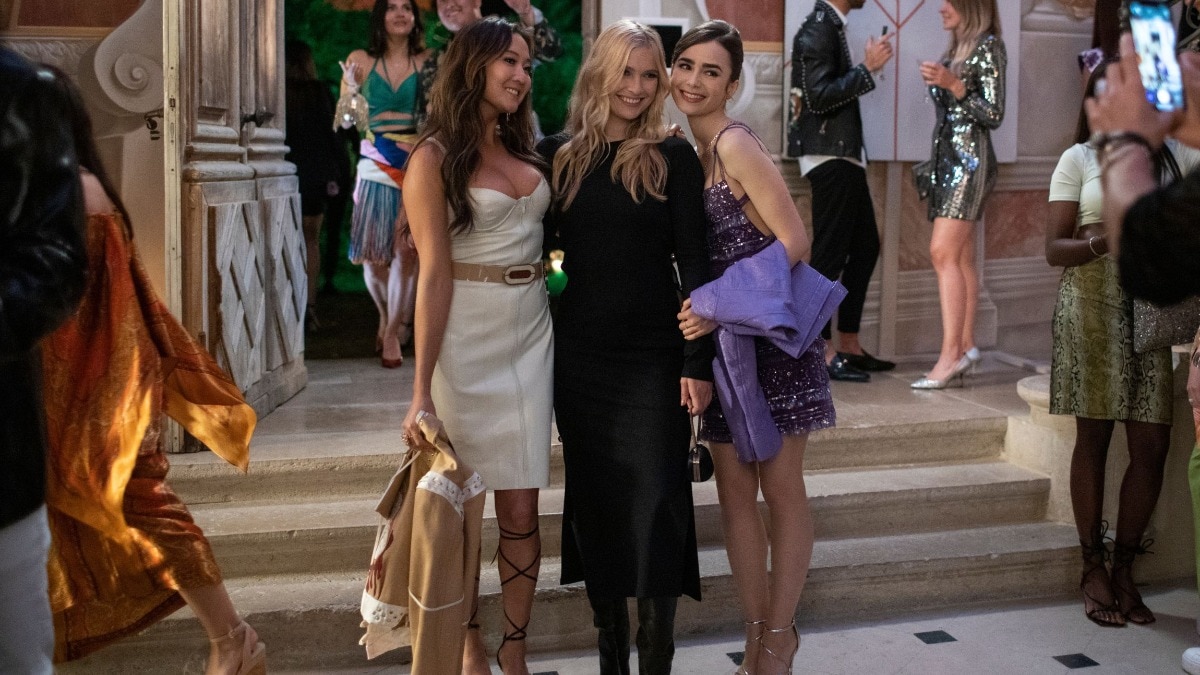
Three artists who are pushing boundaries in the Indian creative landscape
Meet the talents who are activelt embracing diversity and enriching India's art scene.


India’s artistic landscape is currently experiencing a vibrant and dynamic phase, wherein artists are exploring myriad mediums to express their creative vision. In conversation with three such artists, it became evident that they are actively embracing diversity and significantly enriching India’s ever-evolving art scene.
For her first solo show in India, with Arjun Sawhney, co-founder of the Delhi-based Pristine Contemporary Art Gallery and partner Arjun Bhutani, Belgian artist Saskia Pintelon employed a mixed-media approach, incorporating techniques like drawing, painting, and collage on newspaper. Her exhibition, Reflections: The Mirror and Self, delved into the intricate relationship between self-image and reality, putting a stark contrast between our perception of the world and its true nature.

Describing the art scene in India, Saskia says that she finds it “vibrant, refreshing, and heartwarming”. Her work has centred around themes like faces, body-culture, plastic surgery, and masked faces for many decades.
Moving on from mixed-media to a multi-media collaboration, photographer Prarthna Singh and journalist Snigdha Poonam came up with an exhibition of portraits, accompanied by a soundscape at Tarq, Mumbai. Titled 2024: Notes from a Generation, each individual in this exhibition represents a young, politicised citizen, embodying a dynamic role in a turbulent and complex moment in global history. 2024 is a significant year in terms of elections, with nearly half of the world's population in 64 countries, including India, heading to polls.


Prarthna Singh, the photographer behind this exhibition, says she was disillusioned by 2019 elections in India, and felt being trapped in an echo chamber. She reached out to her friend and journalist Snigdha, who also happens to be the author of the book Dreamers that explores the lives of young Indians. And thus began a journey that explored four cities and spanned five years, creating a record of the contemporary Indian youth. “Between 2019 and 2024, we photographed over a hundred individuals aged 18-25, many first-time voters in 2024,” Prarthna tells Bazaar India.
Indian art has been pushing boundaries to include different forms. It was then no surprise that performance artist Brendan Fernandes was roped in by the Nita Mukesh Ambani Cultural Centre (NMACC) in Mumbai for its exhibition Liminal Gaps. Brendan, who explores the intersection of dance and visual arts through his work, choreographed In Spaces, using installations as his canvas to shift eight performers.
His work highlights issues of cultural displacement, migration, labour, and queer. The internationally recognised artist says that it is his “responsibility to support marginalised communities, create space for them to flourish, and empower their civil rights agency.” Asked about his performance at NMACC, Brendan says, “This is my first time intervening in this way, and collaborating with other artists has been special and important.”
Lead Image: Dance intervention, In Spaces, by Brendan Fernandes at NMACC, Mumbai
This article originally appeared in Harper's Bazaar India, 2024 May print issue
Also Read: What does it take for women to pivot their careers after 30?










